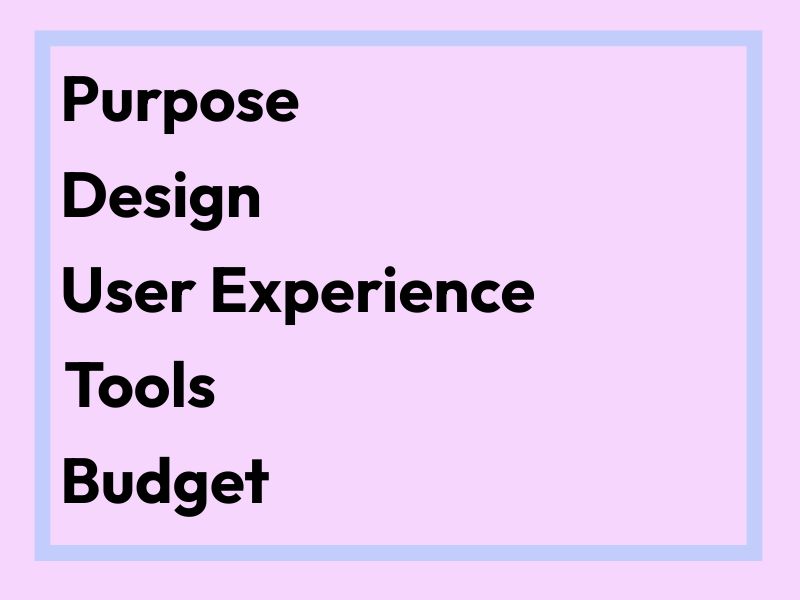
1. Purpose: Know Why You’re Going Online
A small business website is one of the most important tools for European SMEs looking to grow online. Whether you’re showcasing services, selling products, or simply building credibility, having a clear purpose is your foundation. For entrepreneurs in Germany, the UK, or across the EU, understanding why you need a website sets the direction for everything that follows — from design and user experience to platform choice and budget.
2. Design: First Impressions Matter
Your website design (UI) is the digital face of your business. Clean layouts, intuitive navigation, and mobile responsiveness are non-negotiables. Professional website design doesn’t have to be expensive. Cost-effective website design for small companies can be achieved with affordable web design tools — the key is investing wisely. Your audience, whether in France or Finland, judges your professionalism in seconds based on visuals.
3. User Experience: Make It Easy to Use
Great user experience (UX) ensures visitors stay longer and convert better. Fast loading speeds, GDPR-compliant privacy practices, and accessible content build trust — crucial for European SMEs. Whether you’re an Italian artisan or a UK-based consultancy, designing with the user in mind boosts engagement and lowers bounce rates. Think fewer clicks, clearer CTAs, and value up front.
4. Tools: Pick the Right Platform
Choosing the right website builder is critical. Platforms like WordPress, Wix, and Shopify offer scalable, user-friendly options ideal for European small businesses. WordPress provides deep customization; Wix is drag-and-drop easy; Shopify is perfect for ecommerce. The choice should align with your purpose and growth plans. Consider plugins, multilingual support, and built-in SEO tools.
5. Budget: Be Smart, Not Cheap
Yes, you can build a site yourself. But ask: would you build your own house or repair your own car without training? Hiring a pro ensures quality, compliance, and effectiveness. A professional website design doesn’t have to break the bank. Understanding your business website cost — from domain fees to ongoing maintenance — helps avoid surprises. Affordable web design services tailored for SMEs can offer better ROI in the long run.
Bonus: Just Start — Even If It’s Small
Perfection is the enemy of progress. The best time to launch your business website was yesterday; the next best time is now. Starting small with the right foundation is better than not starting at all. Whether you’re just researching how to build a website for a small business in Europe or you’re ready to go, don’t wait. Connect with us — let’s talk and get your project off the ground.
Conclusion
Building a website as a European SME doesn’t have to be overwhelming. With a clear purpose, great design, strong UX, the right tools, and a realistic budget, you’re already ahead of the curve. Add in a bit of courage to start, and your digital presence will grow with your business. Reach out today to explore professional and affordable web design that speaks to your audience and drives results.
FAQs
1. What is the best platform for a small business website in Europe?
WordPress is ideal for flexibility, Wix for ease of use, and Shopify for ecommerce. Your choice should reflect your business goals and budget.
2. How much does a business website cost for a European SME?
Costs vary, but professional websites typically start around €500–€3000, depending on complexity and features. DIY options are cheaper but may lack polish and compliance.
3. What design features should European SMEs prioritize?
Mobile responsiveness, fast loading speed, clean layouts, GDPR compliance, and intuitive navigation are key.
4. Can I build my business website myself?
Yes, but it may lack the quality and compliance needed to succeed online. Hiring professionals often delivers better results faster.
5. Why is UX important for small businesses?
User experience keeps visitors engaged, builds trust, and increases conversions — essential for small businesses aiming to grow online.



